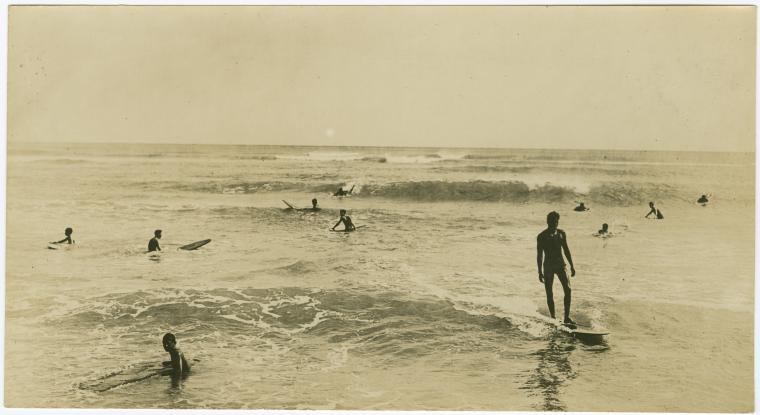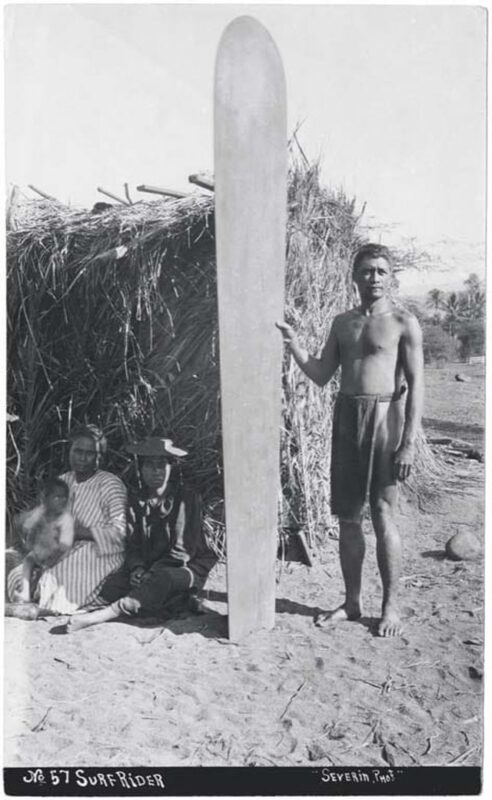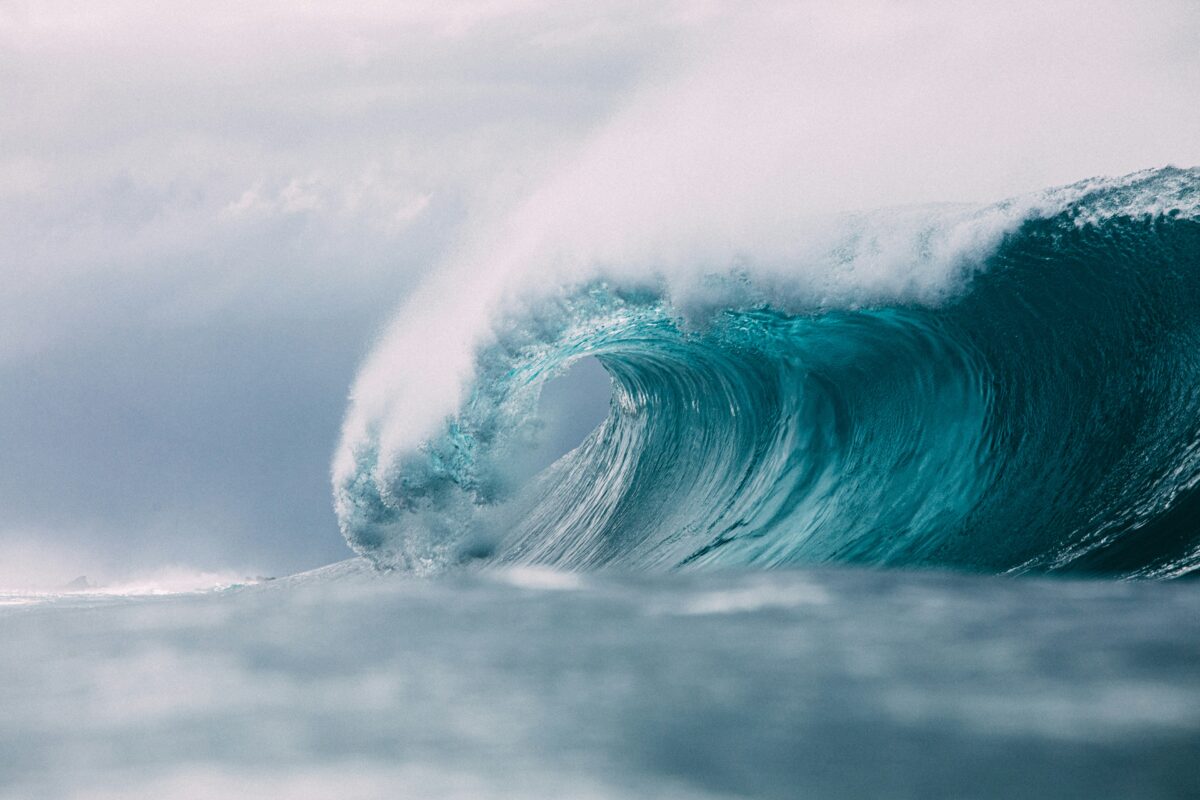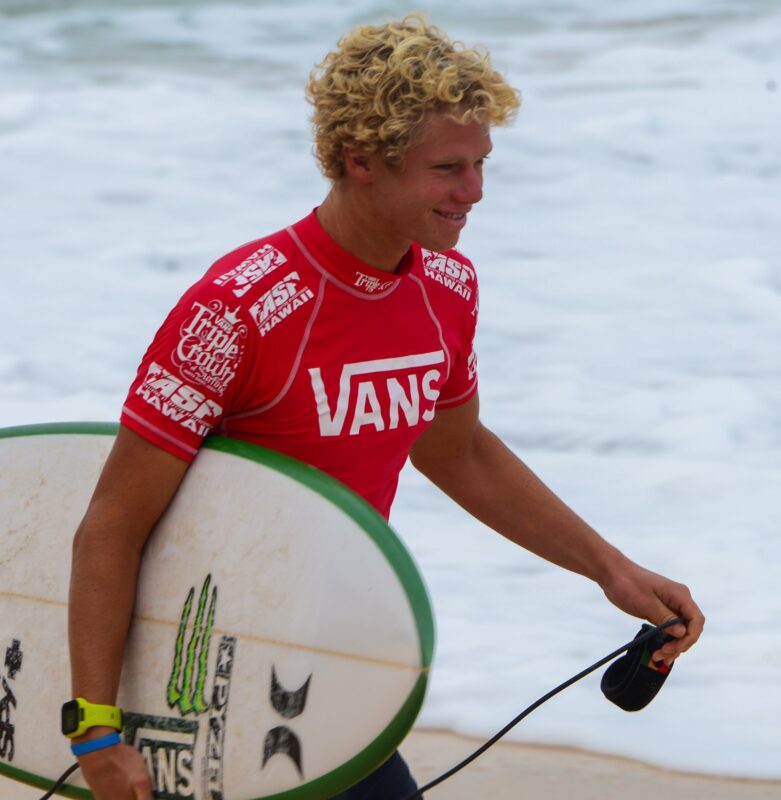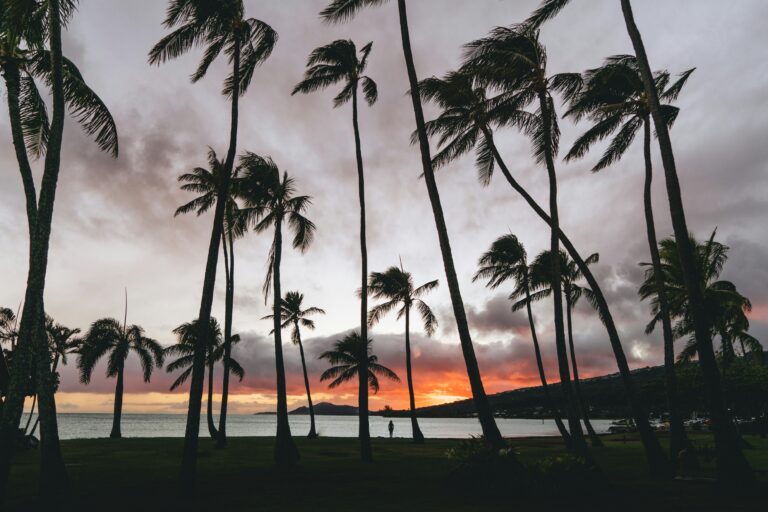From Polynesian Kings to Global Legends
Surfing—known as heʻe nalu or ‘wave-sliding’ in Hawaiian—is more than a sport; it’s a cultural cornerstone born in Hawaii.
Over a thousand years ago, Polynesian voyagers rode waves on hand-carved olo boards, a tradition reserved for chiefs.
Over a thousand years ago, Polynesian voyagers rode waves on hand-carved olo boards, a tradition reserved for chiefs.
Centuries later, Duke Kahanamoku carried this aloha spirit worldwide, while Hawaii’s North Shore redefined modern surfing with towering breaks.
At hawaii.surf, we dive into this legacy—from ancient rituals to today’s icons. Explore the waves that shaped a global phenomenon

